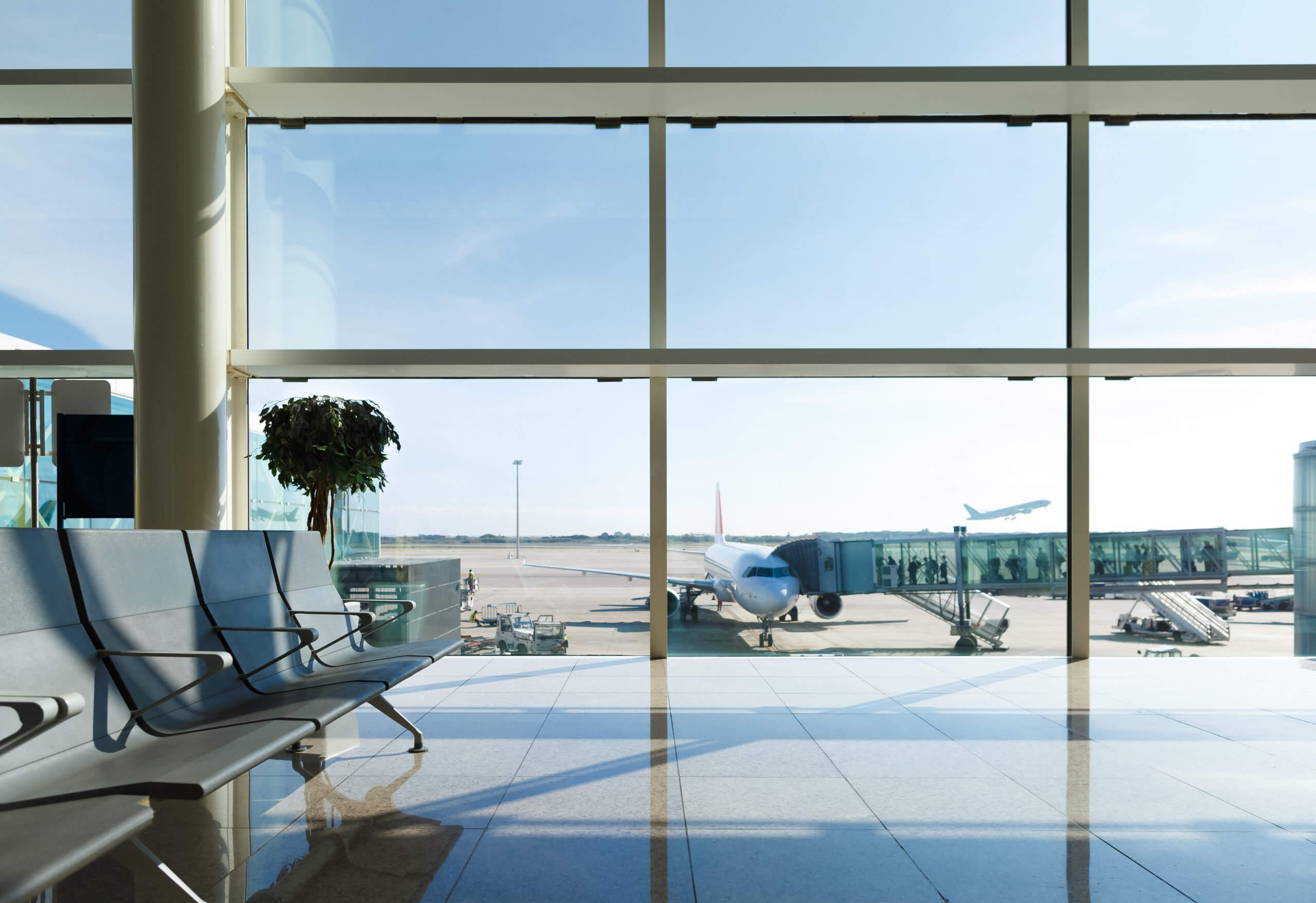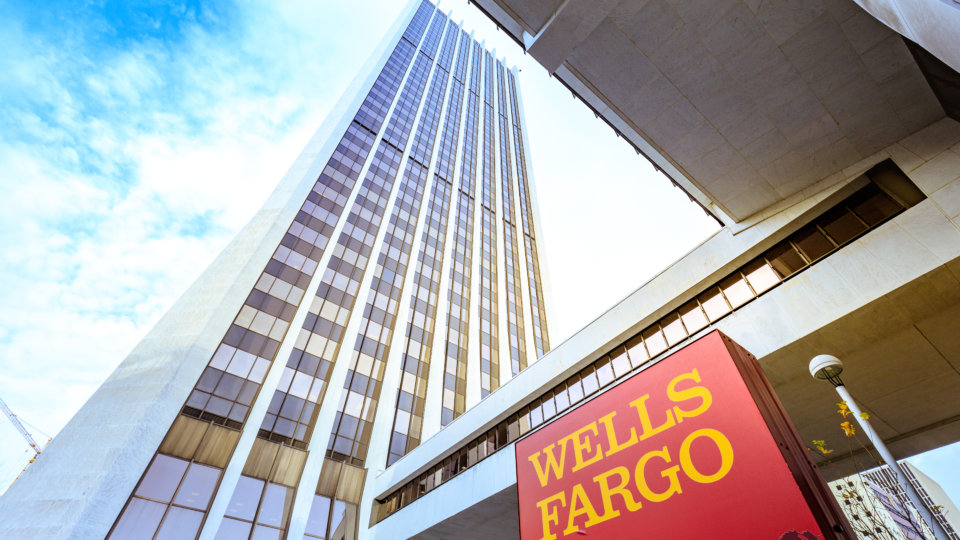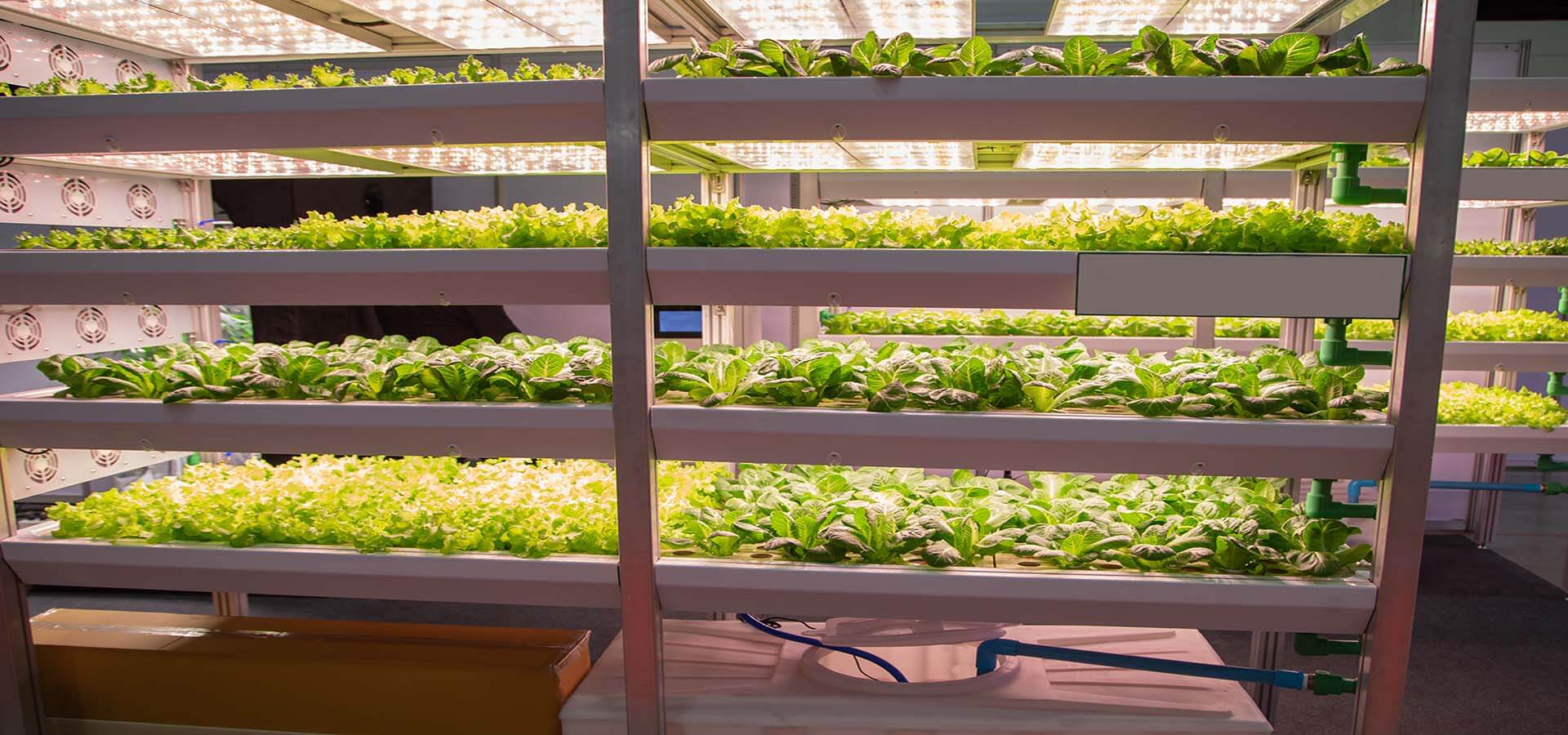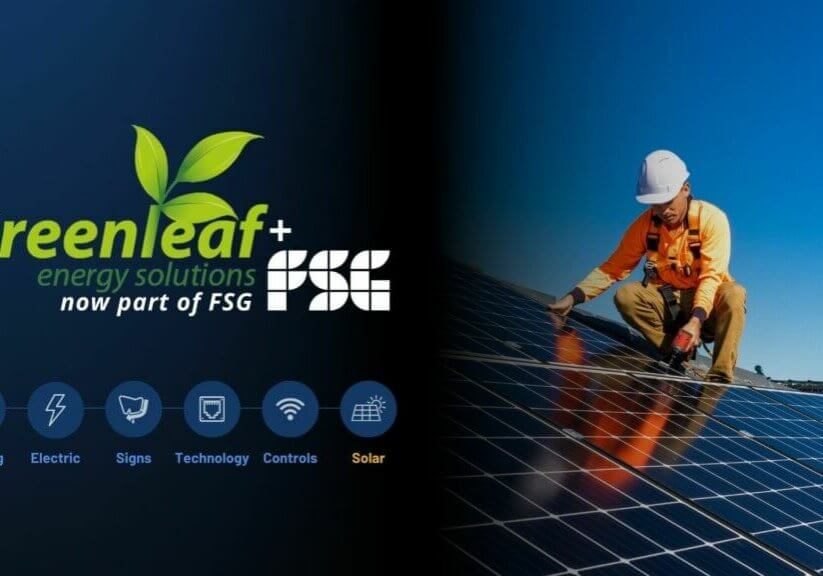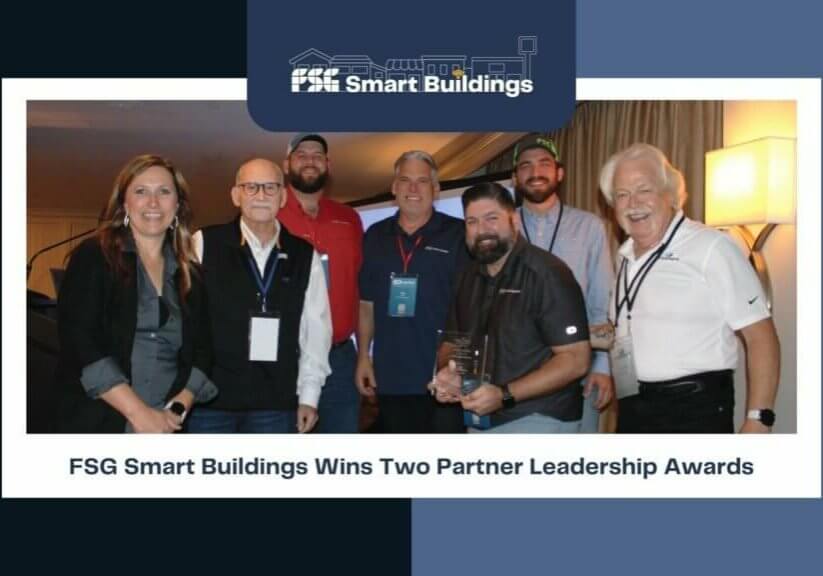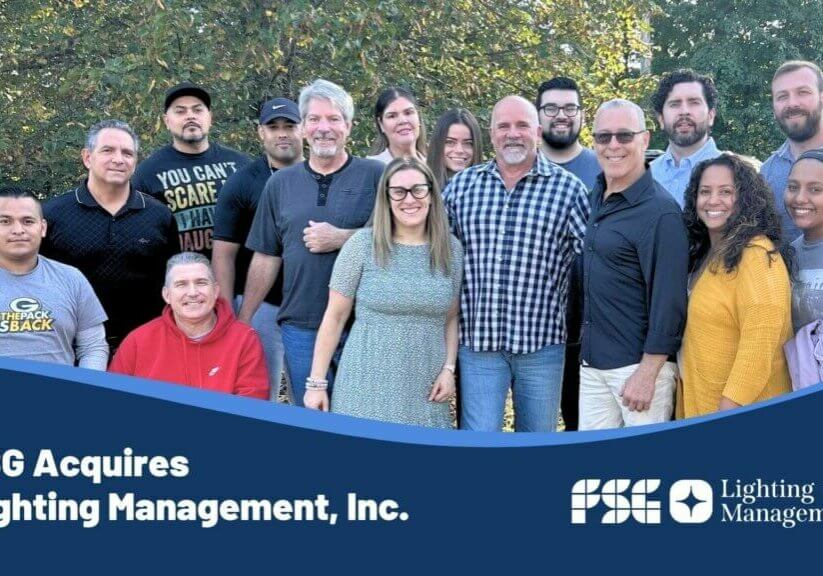How FEMA Can Help Facilities Pay for COVID-Related Expenses
Share Article

As school districts, businesses, and nonprofit organizations open back up, they are spending money on disinfecting their facilities.
They may need to cover the cost of renting temporary facilities, buying materials, and training employees on new safety procedures.
Thankfully, the Federal Emergency Management Agency (FEMA) has grants and other programs in place to help organizations safely reopen their doors during the COVID-19 pandemic.
How Does FEMA Help?
An emergency declaration was made on March 13, 2020, that is in effect today. State, tribal, territorial, non-profit, and local government groups can now get public assistance for expenses related to COVID-19.
According to the declaration, organizations can be reimbursed for the cost of carrying out certain emergency protective measures. By funding these measures, FEMA is able to support businesses as they protect public health.
Business owners can apply for a grant with FEMA to cover their disinfection costs, the construction of temporary facilities, and quarantine-related lodging, among others.
This funding accounts for activities that have been completed, as well as activities to be completed.
What Is the Program?
This FEMA program provides public assistance to companies that need help during the COVID-19 pandemic.
The grants can cover activities that alleviate threats to public health, human lives, and safety.
The level of information required depends on the total costs and the status of the project.
Projects that cost less than $131,100 are considered small funding requests. Any work status and cost basis are eligible for a small funding request.
If a project costs more than $131,100, organizations will send in applicant-provided information and/or actual costs depending on the scope of the project.
Who Is the Program for?
Type A: State and Territorial Governments
State and territorial governments can apply for assistance from FEMA. This includes the District of Columbia, Puerto Rico, the Virgin Islands, American Samoa and the Mariana Islands. Local governments located inside of these areas can apply as a state or territorial government as long as the state or territorial government is listed as the grant’s recipient.
Type B: Tribal Governments
Tribal governments are also eligible for assistance. To be eligible, the tribe must be federally recognized. This means that Alaska Native corporations are ineligible because they are owned by private entities.
Type C: Local Governments
A variety of local groups can apply for COVID-19 assistance. Local governments like counties, municipalities, cities, and townships can apply. School districts, public authorities, and government councils are also eligible, as well as regional and state entities.
PNP Organizations
In FEMA’s policy guide, FEMA includes a list of different PNPs that are eligible to apply. A select group of PNP organizations can get COVID-19 assistance. To qualify, a PNP organization must fulfill the following requirements.
- It must show state documentation that demonstrates it is a nonprofit business operating according to state law.
- The PNP organization must have received a ruling letter from the Internal Revenue Service (IRS) that shows it is tax-exempt. It must be classified under sections 501(c), (d), or (e).
- The PNP’s facilities must perform a critical service that fulfills a medical, utility, emergency, or educational purpose.
- If the PNP does not perform a critical service, it must provide an essential social service to the general public instead.
Before FEMA determines if the PNP is an eligible entity, FEMA first considers the status of the facility. If the facility provides a critical service connected to medical, utility, emergency or educational needs, it is automatically eligible. If it does not fulfill one of these roles, the facility must serve the general public and provide an essential social service. To achieve this goal, the facility cannot limit its access to the following groups.
- A set number of individuals.
- A certain group of people who are financially tied to the facility.
- Select classes of people.
- An extremely limited geographic area like a single neighborhood in an entire town.
If the facility gives the public multiple services, then FEMA will have to decide which service is the facility’s main offering. Any facility that is primarily used for political, recreational, vocational training, or athletic training purposes is ineligible. Likewise, organizations are ineligible if they are primarily used for hosting conferences.
PNP Critical Services
PNP critical services include education, utility, medical, and emergency services. To be eligible, organizations must meet a few specifications. The following are the eligibility requirements for different critical services.
Education
According to FEMA, the primary or secondary school must be a day or residential school. It may also be classified as a parochial school. If it does not meet the state’s definition of primary or secondary education, then it must be an institution of higher education that meets all of the following requirements.
- It must be legally allowed to educate students after the secondary level.
- Applicants for the school must have a high school diploma or a similar certificate.
- The school must be accredited, and this accreditation must be a nationally recognized association or agency.
Medical
Medical organizations can get assistance if they provide emergency services, hospice care, nursing home care, dialysis facilities, clinical care, and hospital services. Facilities that give people in-patient care for chronic diseases or convalescing are also eligible. Long-term care facilities, rehab centers, and outpatient centers are eligible to apply as well.
A variety of hospitals and similar facilities qualify. The following list includes examples of these kinds of facilities.
- Extended-care facilities.
- Administration and record areas.
- Central service facilities that work with hospitals.
- Storage areas.
- Laboratories.
- Self-care units.
- Facilities that support home-based health services.
Utility
Many utility providers are eligible. Any utility provider that collects, treats, or transmits water, wastewater and sewage are eligible. Organizations involved in communications distribution, switching, and transmission can apply.
Likewise, companies in charge of providing water for irrigation, fire suppression, drinking water, and electricity generation are eligible for FEMA grants. Finally, PNP organizations involved in generating, distributing, or transmitting electric power are also eligible.
Emergency Services
Organizations can get help if they give the general public emergency services. This includes fire protection, rescue services, and ambulance services. Public broadcasting groups that distribute and monitor the Emergency Alert System can also qualify.
PNP Essential Social Services
If a community center serves the general public, it may be able to get FEMA assistance. For example, educational enrichment activities that are not connected to academic and vocational training can qualify. This includes activities like classes in ceramics, sewing, car care, tax planning, and gardening.
Facilities that provide non-medical care like assisted living, childcare, drug rehabilitation services, food assistance programs, and custodial care are eligible. If a facility provides daytime care for people with disabilities or dementia, the organization can get help.
Libraries, museums, zoos, houses of worship, and homeless shelters are eligible. Health and safety services like animal control departments are covered by FEMA’s COVID-19 assistance.
In addition, low-income housing groups can get help. If an organization provides support for people with disabilities, domestic abuse survivors, or senior citizens, they can qualify for assistance. FEMA has a full list of essential services in their online guide as well.
What Does It Cover?
Some of the expenses covered by the FEMA grant are the disinfection of the organization’s facilities, the cost of quarantine-related lodging, and the construction of temporary facilities.
Many facilities are incurring expenses on cleaning products and services, as well as UV lighting or other disinfection solutions for their facilities.
Basically, FEMA covers the cost of these activities and others related to public safety, life, or human health hazards and emergencies caused by COVID-19. To get an activity covered, the organization must list the following costs connected to the activity.
- Labor.
- Equipment.
- Contracts.
- Materials and supplies.
- Other costs.
Other costs may include things like the cost of providing utilities or travel expenses. To be covered, these costs must be necessary for the organization to perform its activities. Insurance proceeds, medical payments, disposition and other deductions must be deducted from these costs.
Supplies and equipment may include things like face shields, coveralls, respirators, N95 respirators, medical gloves, medical gowns, and surgical masks.
The organization may need to buy other personal protective equipment as well. Depending on the organization, other items like in vitro diagnostic supplies, therapeutics, ventilators, and disinfection systems may also be necessary.
How Can You Apply?
To apply, applicants can go to FEMA’s grant portal. This online video walks applicants through the entire process. Organizations must have their request for public assistance approved before they can submit a funding request.
Once the request is approved, a FEMA rep will contact the organization to discuss eligible expenses. One of the documents that will be required is the funding request application. To preview the application, click here.
Facilities that are planning to purchase disinfection systems can qualify for FEMA benefits prior to implementing the solution. FSG offers financing options that will allow facility operators to implement disinfecting solutions before the FEMA funds are available.
For questions or concerns, organizations can contact the FEMA branch in your location.
Call us at (512) 615-6615 to speak to an FSG trusted advisor about COVID-related whole facility disinfection solutions.








